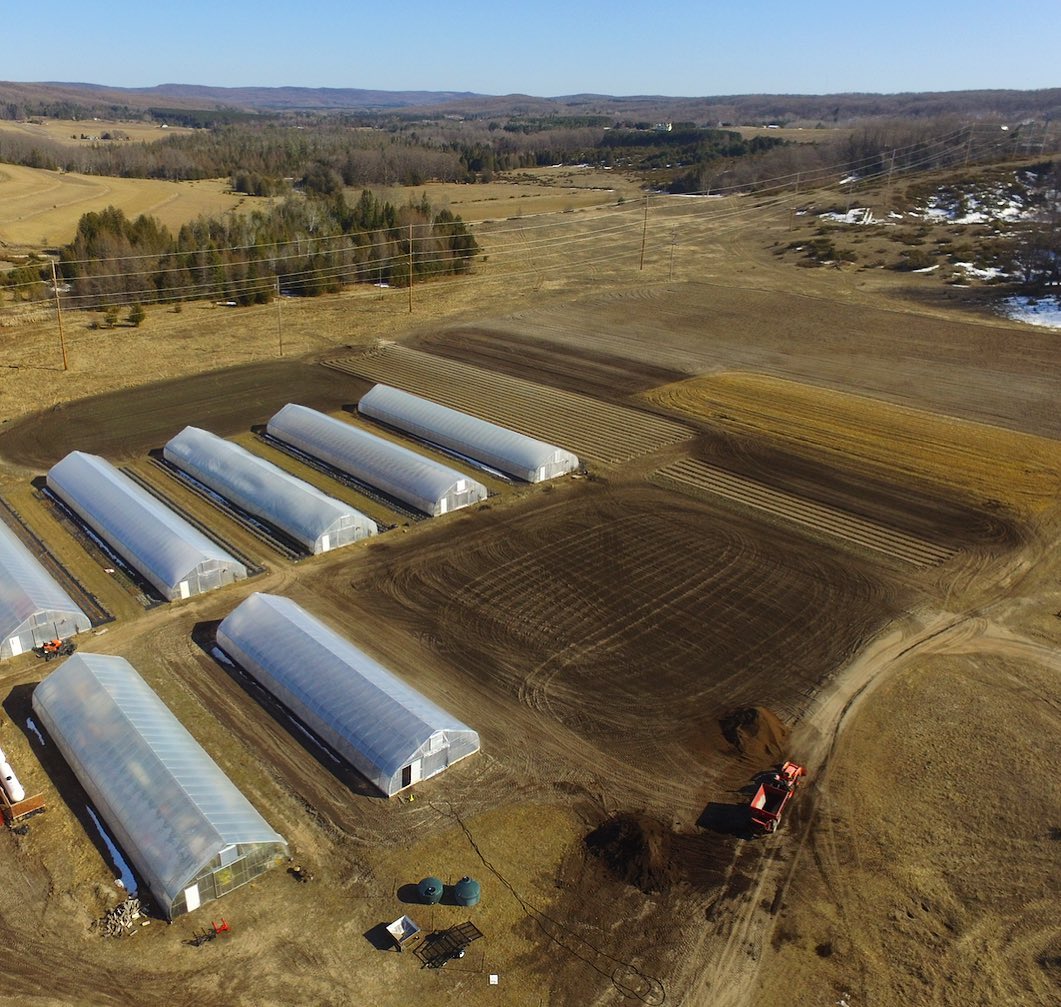The ROI of Hoop House Kits: Are They Worth the Investment for Your Farm?

Are you looking to extend your growing season, protect your crops from unpredictable weather, and increase your farm's profitability?
Investing in a hoop house kit might be the solution you've been searching for.
In this article, we’ll break down the real return on investment (ROI) of hoop houses—from initial costs and available financial assistance, to how they can increase yields, extend your growing season, and support more sustainable practices.
Understanding Hoop House Kits
Hoop houses, also known as high tunnels, are unheated, semi-permanent structures made of metal frames and covered in polyethylene. They create a controlled environment that protects crops from wind, frost, and excessive rain, allowing for earlier planting, later harvesting, and better overall crop conditions.
1. Financial Incentives and Cost Savings
NRCS EQIP Assistance:
The USDA’s Natural Resources Conservation Service (NRCS) offers financial assistance through its Environmental Quality Incentives Program (EQIP). This initiative helps farmers offset the upfront costs of high tunnel installation while promoting conservation and plant health. The NRCS EQIP High Tunnel Fact Sheet outlines the eligibility criteria and application process in more detail.
2. Increased Crop Yields and Quality
A controlled environment helps boost crop productivity. For example, research published in the Journal of Agriculture, Food Systems, and Community Development found that tomatoes grown in high tunnels produced 33% higher yields than those grown in open fields (JSTOR). This increase can lead to earlier market entry and higher profits at peak-season prices.
3. Extended Growing Seasons
Hoop houses allow growers to start planting weeks earlier in the spring and continue harvesting well into the late fall—or even year-round, depending on the crop and climate. This extension can add up to 60 additional days of productive growing time annually (USDA).
That added time can be especially valuable for growers who sell through CSAs, farmers' markets, or early wholesale accounts where being first to market provides a competitive advantage.
4. Regenerative Farming Practices
Hoop houses also support more regenerative farming methods. By protecting plants from the elements, farmers can reduce their use of synthetic pesticides and herbicides. Additionally, high tunnels help conserve water by reducing evaporation and enabling efficient drip and overhead irrigation systems. The NRCS promotes these structures specifically for their environmental benefits.
Are Hoop House Kits the Right Investment for Your Farm?
Investing in hoop house kits isn’t just about covering crops—it’s about uncovering new potential. From longer growing seasons and higher yields to NRCS grants and flexible financing options, hoop houses offer measurable returns year after year. Whether you're a small grower or scaling up operations, these structures can transform how—and when—you farm.
Explore the benefits for yourself, and see why more farmers are betting on better seasons with high tunnels.
👉 Explore our 30' Wide Gothic Hoop House Kits
👉Learn more from our Grower Resources







